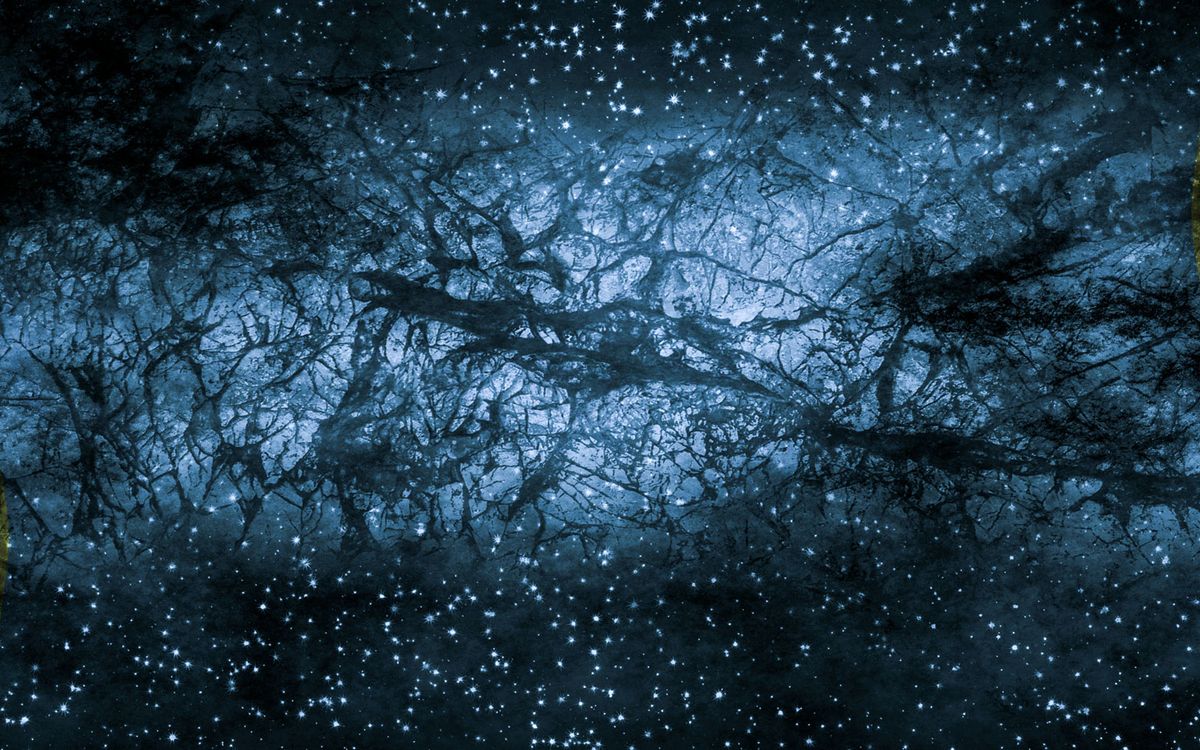For many years, scientists have been convinced that dark matter directly interacts with stars in galaxies, penetrating deeply into their structure. However, a new study shows that there’s really no reason to think so.

Dark matter and galaxies
Recently, the journal Monthly Notices of the Royal Astronomical Society published a study according to which a long-standing assumption about the nature of the interaction between stars in galaxies and the dark matter surrounding them is not true.
It should be noted at once that we are not talking about the statement that each galaxy is surrounded by a halo of dark matter, the gravity of which actively participates in the formation of the structure of the stellar system. In this extremely important for the whole modern cosmology statement, nobody was going to doubt it.
It’s about something else. For a long time scientists have paid attention to such an oddity: despite the fact that galaxies have different ages, chemical composition and other characteristics, the density of matter they have is surprisingly similar. It declines uniformly from the center to the edges according to the same law.
Scientists couldn’t explain it using conventional methods. Therefore, they decided that the situation here was affected by dark matter. No one has seen this mysterious component of the mass of the Universe, so any properties can be attributed to it. Here they hypothesized that it was actively penetrating galaxies and filling empty space with itself. Thus the density remains constant regardless of whether there are more or less stars in the galaxy.
Refuting the theory
Now all of this has turned out to be a myth. Scientists used the Very Large Telescope (VLT) in Chile together with the MUSE spectroscope mounted on it. It was used to study 22 middle-aged galaxies. We see them as they were when the Universe was just over 4 billion years old.
A total of 8,000 hours of observation were conducted as part of the research program. Scientists have learned a lot about how galaxies evolve. But the main conclusion was about the distribution of matter in them. More precise studies have shown that it changes in a much more complex way than previously thought.
There was no law that was singular to all star systems. The strange fact to be explained simply vanished into thin air. This means that a complex interaction with dark matter is out of the question in the theory.
According to phys.org


